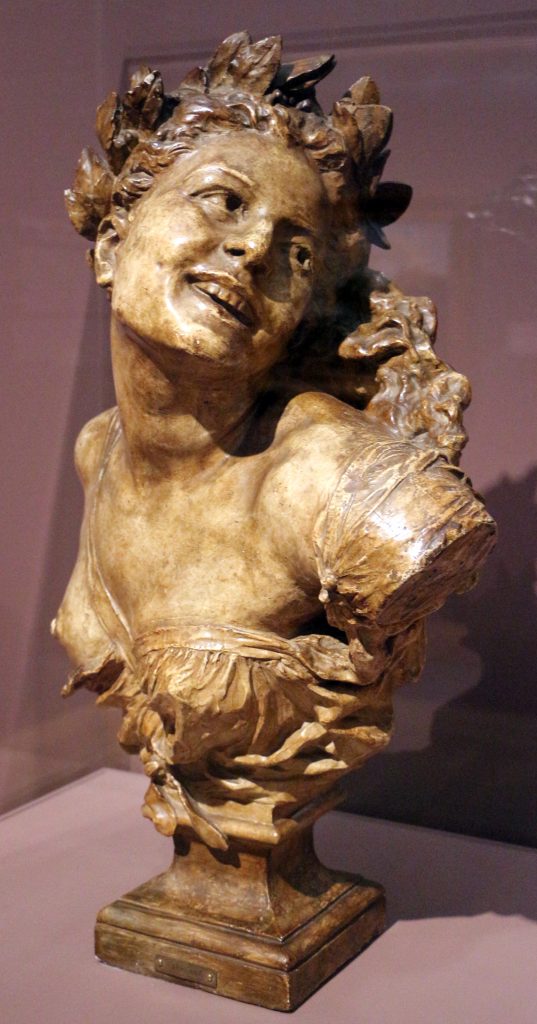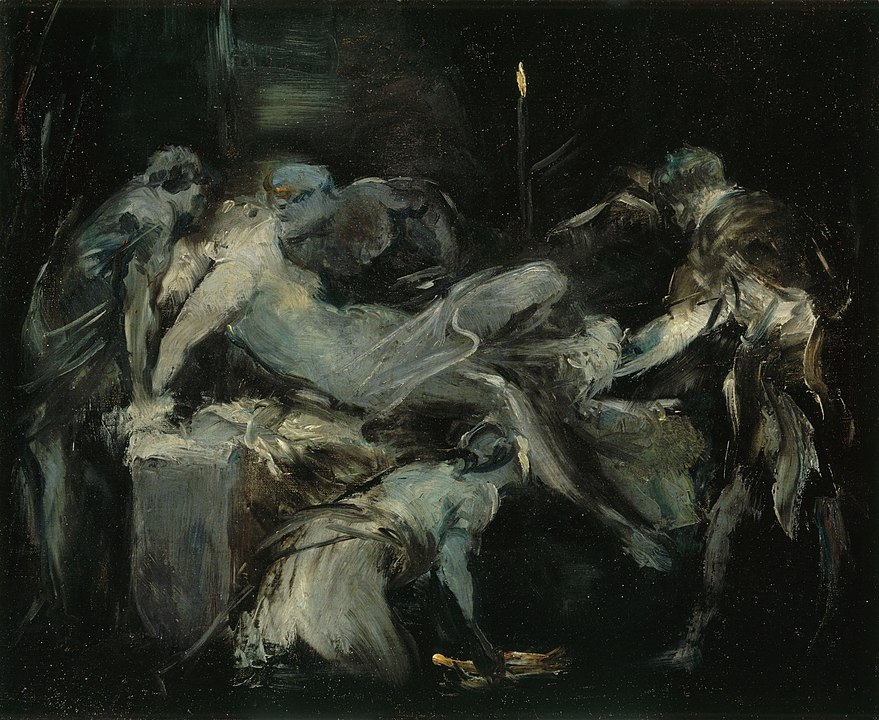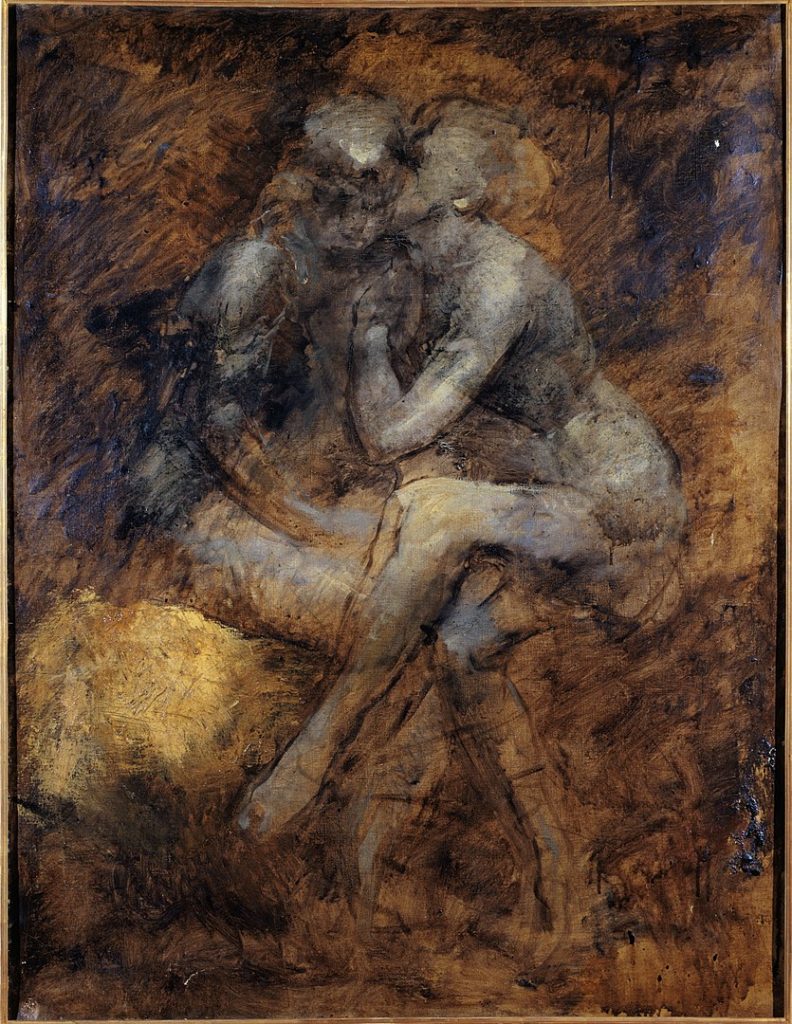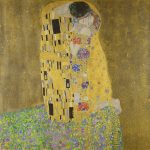
Jean-Baptiste Carpeaux (1827–1875) was a French sculptor and painter known for his dynamic and expressive works, often characterized by movement, emotion, and a keen attention to detail. He played a significant role in the development of 19th-century French sculpture and was associated with the Second Empire and the Belle Époque periods.
- Early Life and Education: Jean-Baptiste Carpeaux was born on May 11, 1827, in Valenciennes, France. He showed early artistic talent and enrolled in the École des Beaux-Arts in Paris, where he studied under the sculptor François Rude.
- Exhibition Success: Carpeaux gained attention and recognition for his sculptures early in his career. His work was exhibited at the Salon, an influential art exhibition in Paris, where he received awards and praise for his innovative approach to sculpture.
- The Dance: One of Carpeaux’s most famous works is “The Dance,” a marble group sculpture created between 1865 and 1869. It depicts a swirling, dynamic composition of dancers and is considered a masterpiece of 19th-century French sculpture. The piece is now displayed in the Musée d’Orsay in Paris.

- Commissions and Recognition: Carpeaux received several prestigious commissions, including sculptural work for the façade of the Musée du Louvre. He also created works for private patrons and received recognition for his artistic achievements.
- Controversy: While Carpeaux was celebrated for his talent, he also faced controversy. “The Dance” was initially criticized for its perceived eroticism and unconventional composition. However, over time, it became recognized as a major achievement in the history of sculpture.
- Portraiture: Carpeaux was skilled in portraiture, and he created busts and statues of prominent figures of his time, including members of the French imperial family. His portraits captured the personalities and character of his subjects.
- Decorative Arts: In addition to his sculptural work, Carpeaux was involved in decorative arts, contributing to the design of several public monuments and buildings. His work reflected the eclectic styles of the Second Empire.

- Teaching Career: Carpeaux served as a professor at the École des Beaux-Arts, where he influenced a new generation of sculptors. His teaching methods were known for their emphasis on direct observation and individual expression.
- Later Years and Death: Jean-Baptiste Carpeaux continued to work on various projects until his death. He passed away on October 12, 1875, in Courbevoie, France, at the age of 48.
Jean-Baptiste Carpeaux’s legacy is significant in the context of 19th-century French sculpture. His innovative and expressive approach influenced later sculptors and contributed to the dynamic artistic environment of his time.




